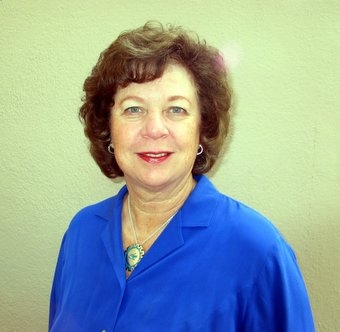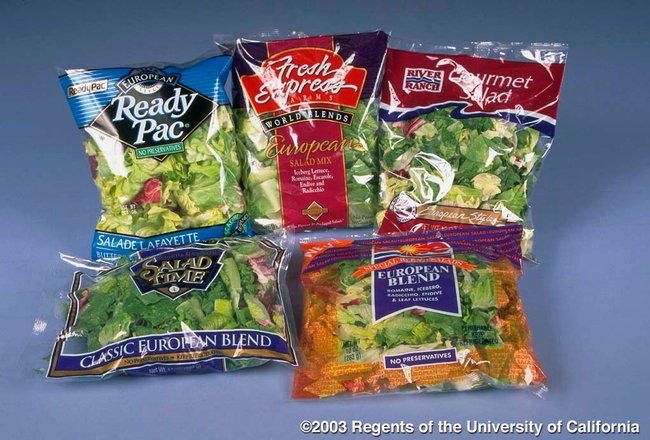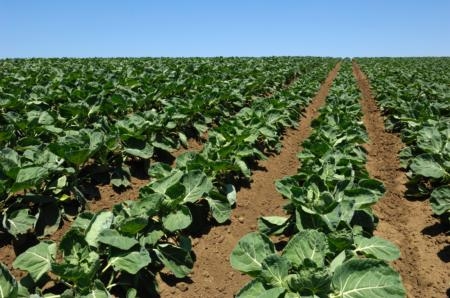Posts Tagged: Christine Bruhn
Re-washing bagged greens may do more harm than good
Re-washing bagged greens may be making salads dirtier, according to a bevy of food safety experts, reported Deborah Schoch in the Los Angeles Times.
Even the cleanest kitchens can teem with harmful pathogens - on cutting boards and in salad spinners, on knives that just sliced raw chicken, on damp, well-used cloth towels.
"In brief, consumers don't wash up very well and may contaminate produce due to dirty hands and dirty sink," emailed Christine M. Bruhn, director of the Center for Consumer Research at UC Davis. That's especially a problem with salad greens, since they never get cooked.
Schoch spoke to food experts from Kansas State University and the University of Maryland who also recommended pre-washed greens not be re-washed.
California apprenticeship building future producers
Amy Trinidad, Sheep Industry News
The American Sheep Industry Association is teaming up with the state sheep associations to expand the Let’s Grow initiative to include mentor programs for beginning sheep producers.
“There is a real movement as far as people wanting to get back to the land. In some ways, it’s like the 1960s and 70s, only with a whole bunch of bigger challenges,” says Roger Ingram, University of California Cooperative Extension farm advisor.
Shepherds need to know how to run animals in a variety of environments, be able to identify common and uncommon pasture and range plants, know range nutrition, identify potential poisonous plants, be able to quickly asses the health of the flock and be able to take the appropriate steps in field conditions to fix problems, Ingram said.
Mild winter shifts the start of the growing season
Heather Hacking, Chico Enterprise Record
The lack of rain has meant some Butte County almond growers have already irrigated twice, and some are starting a third run with the water. They would rather not water at all, and often don't need to this time of year, said Joe Connell, UC Cooperative Extension farm advisor.
It can cost about $40 to apply 12 inches of water to one acre, he said. Growers will think carefully before pumping if it looks like another storm is on the way. The most recent rain provided water to the first foot of soil, depending on the soil conditions. But almond growers will want the soil irrigated 3 to 4 feet down by bloom time.
Almond trees in the area will likely begin to bloom around Valentine's Day this year, about a week earlier than normal.
Yuba-Sutter beekeepers abuzz on research
Jonathan Edwards, Orland Press Register
Losing bees to colony collapse disorder is not good for Yuba-Sutter. Beekeeping brought in about $3.9 million to area beekeepers in 2010, the last year for which data is available. On average, beekeepers have lost nearly one-third of their colonies each year since 2006.
That number likely skyrocketed last year as dwindling colonies drove higher prices. A shrinking supply of vibrant hives nearly doubled the price of a colony, from $33 to $58 between 2009 and 2010, according to the Sutter County Crop Report. The price nearly tripled again and is holding at about $150 a colony, said Eric Mussen, an apiculturist with UC Cooperative Extension at UC Davis.
"It just shot up," he added.
Spinach safer five years after E. coli outbreak
Salinas Californian reporter Andy Stiny wrote a story on the 5th anniversary of the E. coli outbreak in spinach grown in San Benito County. He reported that Steve Koike, plant pathology farm advisor for Monterey County, said California's spinach industry is rebounding from the setback. Bonnie Fernandez-Fenaroli, executive director for the Center for Produce Safety at UC Davis, is quoted as saying, "A lot of research is going into all produce right now." The center has 54 produce safety projects under way. Christine Bruhn, a food marketing specialist and director of the Center for Consumer Research at UC Davis, said recent surveys show consumers are more concerned about meat products but 30 percent said they are concerned about produce safety. "We advise people to wash their sink and their hands, then wash produce in running water and dry with a clean paper towel," Bruhn told the reporter. "This reduces but does not eliminate bacteria."
UC Berkeley professor appointed to systemwide position
Sybil Lewis, The Daily Californian
UC Berkeley professor Barbara Allen-Diaz has been appointed University of California systemwide vice president for Agriculture and Natural Resources, reports the Daily Californian, the UC Berkeley student newspaper.
Could food irradiation prevent deadly infections?
In the wake of a catastrophic E. coli outbreak in Europe - blamed for more than 36 deaths - public dialogue about food irradiation has resumed in earnest. The recent European food safety epidemic, which linked a virulent strain of E. coli with bean and seed sprouts, was the worst in recorded history, according to Food Safety News.
An article in the Los Angeles Times over the weekend considered whether food irradiation could prevent such deadly infections. Food irradiation - which has been around for more than 100 years - involves exposing food to low-dose X-rays, electron beams or gamma rays. The high-energy particles kill disease-causing pathogens. The particles also break up water molecules in the food, releasing free radicals that can kill bacteria and parasites.
Times writer Elena Conis spoke to the director of the UC Davis Center for Consumer Research Christine Bruhn about the process. She said no radioactive materials end up in the food itself, even though, in the case of gamma rays, the source is radioactive cobalt. Electron-beam and X-ray irradiation involve no radioactive elements.
However, the FDA regulates irradiation as a food additive instead of a treatment process. As a result, all food treated with X-rays, electron beams or gamma rays must be labeled "irradiated," which is not appealing to consumers.
Critics of food irradiation raise a number of objections. They say that irradiation:
- Reduces the level of nutrients
- Is less effective against viruses, which are responsible for more cases of food-borne infections than bacteria
- Does not eliminate all bacteria from treated foods
- Doesn't prevent food contamination in the first place
Proponents argue that, while not foolproof, irradiation can be an effective food safety tool. The Times quoted a 2001 analysis in the journal Emerging Infectious Diseases which found that irradiating half of the meat and poultry consumed in the U.S. would prevent more than 880,000 cases of illness, 8,500 hospitalizations and 352 deaths a year. Similar studies for produce irradiation, the article said, have not been done.
Bruhn maintains a webpage with detailed information about food irradiation, including arguments in favor and opposed, irradiation history and popular myths.

Christine Bruhn believes food irradiation is a safe technology with numerous advantages for the consumer and the agricultural industry.




